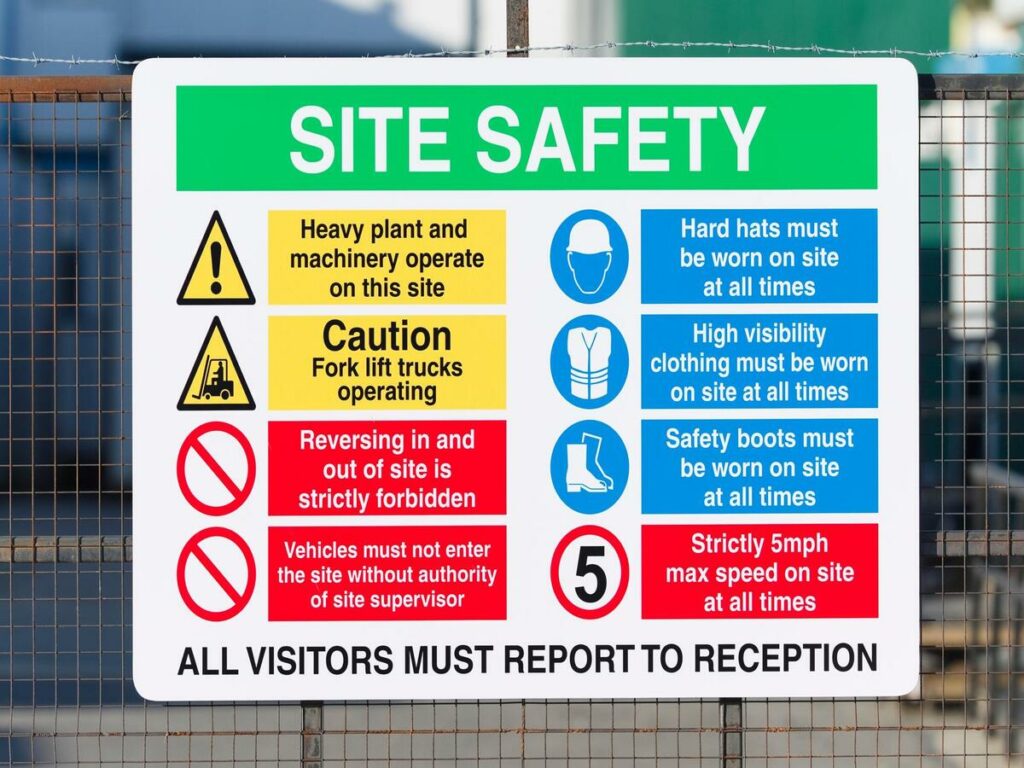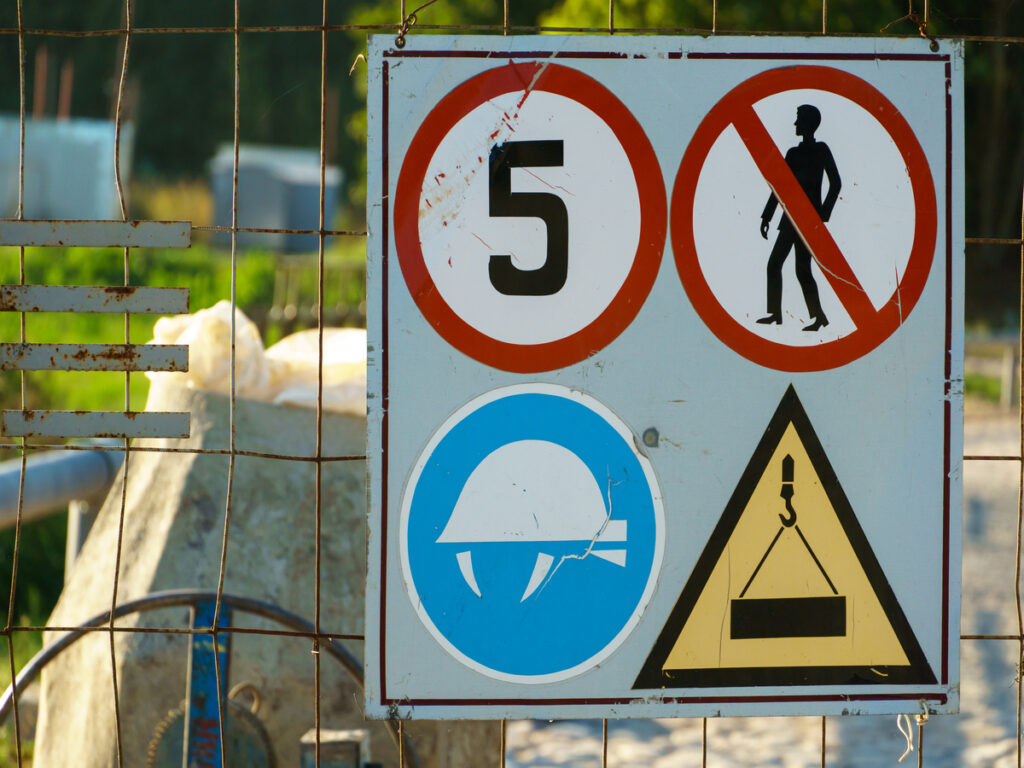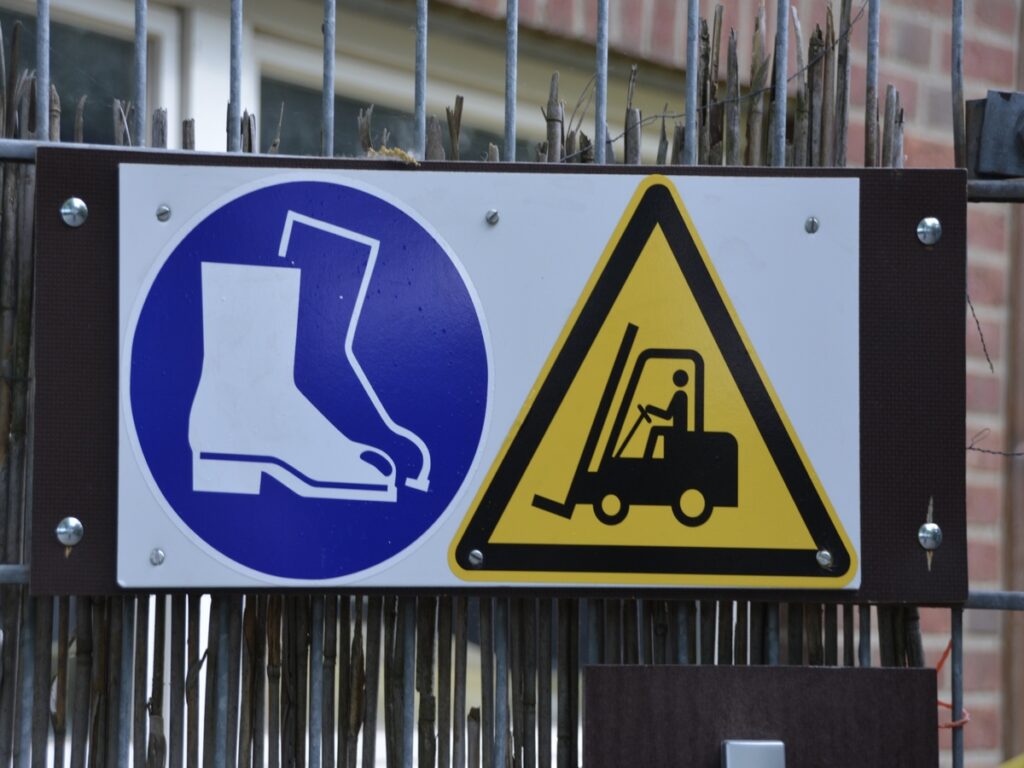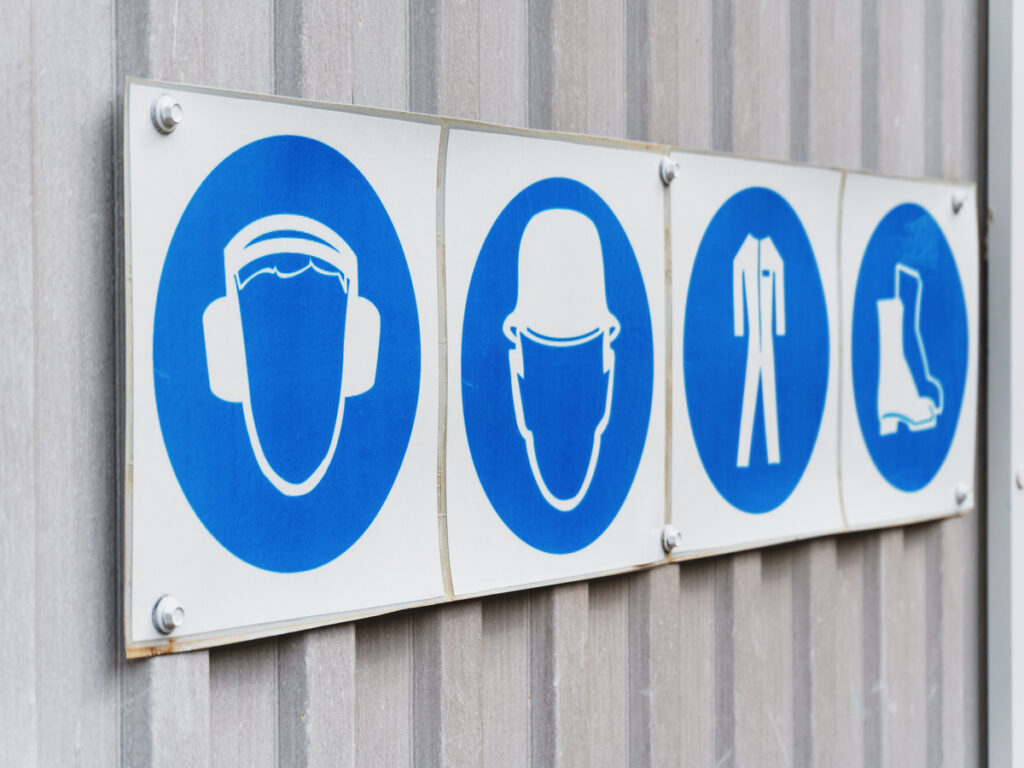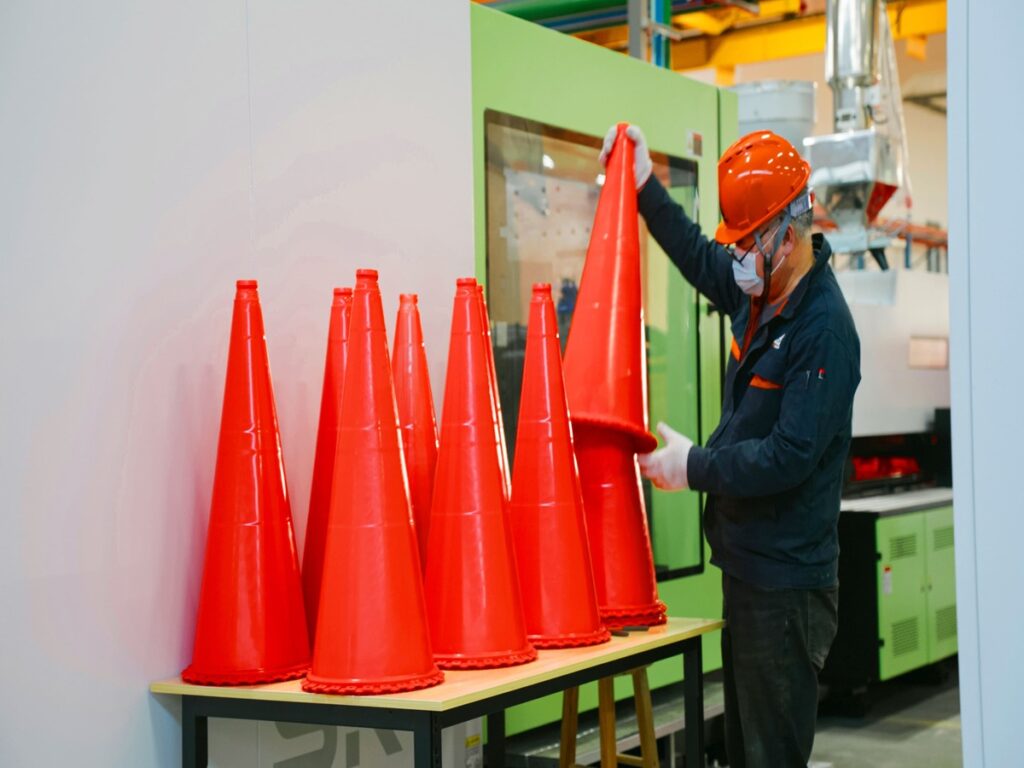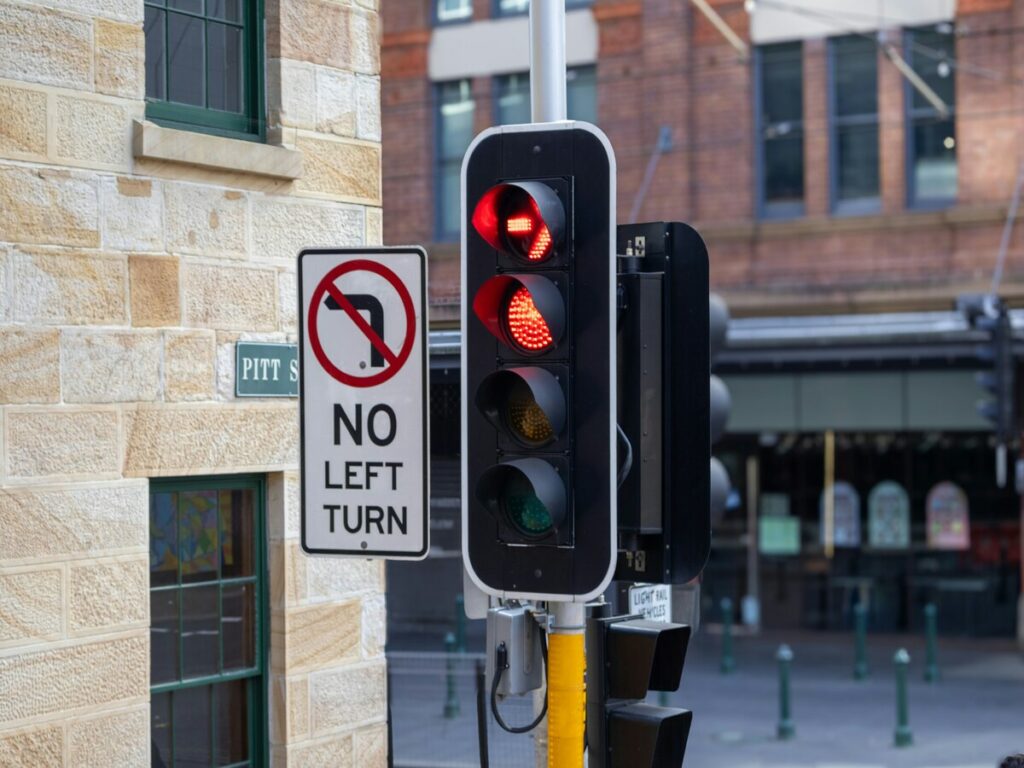
Have you seen road signs with lots of info together? These are called multi-message frames. They hold many signs in one spot. This helps drivers see all the details quickly.
Why is this important? Easy-to-read signs save lives. Clear signs help you understand the road fast. This keeps traffic moving and avoids crashes. At OPTRAFFIC, we specialize in high-quality multi-message frames designed to enhance clarity and visibility. Explore our range of multi-message traffic signs and frames to improve road safety and make information clearer for drivers.
Key Takeaways
- Multi-message frames put many traffic signs into one display. This lets drivers see key details fast and keeps roads less messy.
- Easy-to-read signs save lives. They help drivers act quickly, making roads safer and cutting down on crashes.
- LED lights in these frames make signs brighter and easier to see. This is helpful at night or during bad weather. Bright signs catch attention and guide drivers to follow rules.
- Grouping similar messages together helps drivers understand better. For example, showing speed limits and construction warnings on one sign avoids confusion.
- Taking care of multi-message frames is very important. Clean and working signs stay useful and safe for everyone on the road.
Types of Traffic Signs Suitable for Multi-Message Frames

Speed Limit Signs
Speed limit signs work great in multi-message frames. They give drivers important details about how fast they can go. These frames can show different speed limits, like for neighborhoods or highways, all in one spot. This means fewer posts and quicker info for drivers.
Did you know? Changing speed limit signs, like variable ones, help drivers stay in their lanes better and drive more steadily.
Here’s a table comparing types of speed limit signs and their effects:
| Type of Sign | Average Lane Drift (cm) | Variation (cm) | Effect on Speed | Effect on Lane-Keeping |
|---|---|---|---|---|
| Regular Sign (S0/G5) | 6.3 | 30.7 | Low | Small Impact |
| Changing Sign (S1/G2) | 13.4 | 33.2 | Medium | Small Impact |
| VMS with Reason (S2/G5) | 9 | 31.8 | High | Big Impact |
Multi-message frames can also use signs that change messages. These are helpful for weather changes or roadwork. They make roads safer and keep traffic moving.
Construction Zone and Temporary Traffic Control Signs
Construction zones can be confusing, but clear signs help a lot. Multi-message frames are great here because they combine many messages into one sign. For example, one sign can say “Construction Zone Ahead,” “Speed Limit 40 km/h,” and “Lane Closed.” This makes it easier for drivers to understand quickly.
Fun fact: In 2020, over half of highway worker deaths were from cars. Good construction signs can save lives.
Here’s how construction signs have helped over time:
| Year | Highway Worker Deaths from Cars (%) |
|---|---|
| 2015 | 35% |
| 2020 | 53% |
| Year | Work Zone Deaths |
|---|---|
| 2004 | 1,068 |
| 2011 | 590 |
| 2022 | 891 |
Bright signs in construction zones are even better, especially at night. Multi-message frames with LED lights make warnings easy to see.
Parking and No Parking Signs
Parking rules can be tricky, especially when they change by time or day. Multi-message frames make this simpler by putting all the rules on one sign. For example, one sign can say “No Parking 8 AM – 6 PM” and “Resident Parking Only.” This helps drivers follow the rules without confusion.
Tip: Grouping parking rules on one sign makes them easier to follow.
You can also add pedestrian safety signs to parking signs. This keeps both drivers and walkers safe. By using less space and fewer signs, multi-message frames make city traffic easier to manage.
Warning Signs for Hazards and Obstacles
When driving, warning signs help keep you safe. They alert you to dangers like sharp turns, wet roads, or crosswalks. Multi-message frames make these warnings better by grouping them together. For example, one frame might say “Sharp Turn Ahead,” “Slippery When Wet,” and “Pedestrian Crossing.” This helps you understand quickly and act fast.
A great feature of multi-message frames is LED signs. These bright signs are easy to see, even in bad weather or at night. Studies by the National Highway Traffic Safety Administration (NHTSA) show LED folding variable message signs (VMS) lower accident rates. They also help drivers react faster by giving clear updates. These signs make roads safer by warning about dangers as they happen.
Here’s how these signs help:
| Evidence Type | Description |
|---|---|
| Study Findings | Accident rates drop when LED folding VMS are used. |
| Driver Response | Clear updates help drivers react faster to dangers. |
| Hazard Management | Folding VMS reduce risks by warning about hazards in real-time. |
Smart warning signs can also cut wrong-way driving by 30%. This is important for preventing crashes. With multi-message frames, all key info is in one place, making driving safer.
Regulatory Traffic Control Signs
Regulatory signs are the rules of the road. They tell you what to do, like where to turn or stop. Multi-message frames are great for these signs because they combine rules in one spot. For example, one frame might say “Left Turn Only” and “No U-Turn.” This reduces confusion and keeps traffic moving smoothly.
LED traffic signs make these rules even clearer. Their bright lights grab your attention, so you don’t miss important rules. These signs work well in busy areas or tricky intersections. By making rules easy to see, they help drivers follow them and avoid accidents.
Here’s why multi-message frames are helpful for regulatory signs:
- Space-saving design: One frame holds many rules, reducing clutter.
- Improved visibility: LED signs are bright and easy to see from far away.
- Better organization: Grouping rules together makes them easier to follow.
In busy cities or tough intersections, these signs make a big difference. They keep traffic flowing and help everyone stay safe.
Why Some Signs Don’t Work Well in Multi-Message Frames
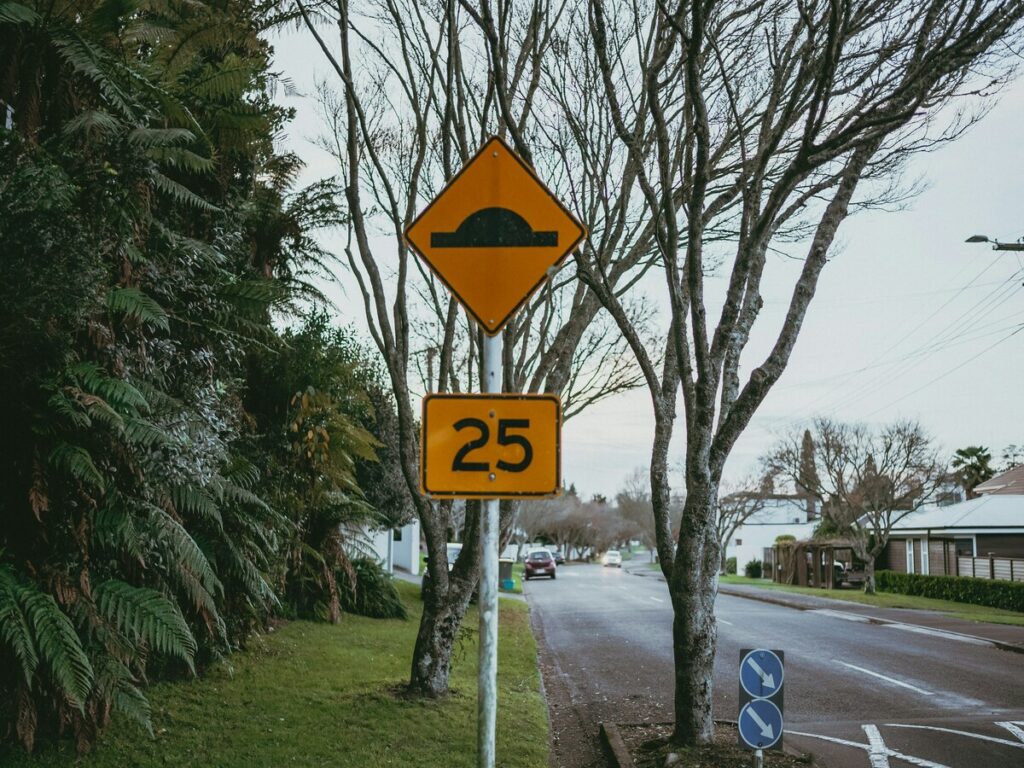
Too Much Information
Have you ever seen a sign with too many words? It feels like reading a book while driving. Too much information on signs can confuse drivers. This makes roads less safe. Drivers need quick and clear directions, not a puzzle.
Think about a sign that says, “Roadwork Ahead. Expect Delays. Use Alternate Routes. Speed Limit 25 MPH.” That’s a lot to read while driving fast. A simpler sign like “Roadwork Ahead. Speed Limit 25 MPH” is better. It gives the main details without distractions.
Here’s why overloaded signs are bad:
- They take longer to read, so drivers miss instructions.
- Drivers might focus on the wrong part of the sign.
- In fast zones, they increase crash risks due to less reaction time.
When making multi-message frames, keep them simple. Show only the most important messages. Leave out extra details.
Confusing Colors and Symbols
Colors and symbols are like traffic sign language. They give directions without many words. But too many colors or symbols on one sign can confuse drivers.
For example, red means stop or danger, and green means go or safety. If one sign has both red and green, it might make you pause. Imagine seeing “No Entry” in red and “Parking Available” in green on the same sign. You’d hesitate, which isn’t safe while driving.
Symbols can also clash. A sign showing a pedestrian crossing next to a bike lane warning might confuse you. You wouldn’t know which one to focus on first. This slows your reaction time and raises accident risks.
To fix this, multi-message frames should use matching colors and group similar symbols. This makes them easier to understand.
Signs for Special Situations
Some signs are made for specific times or places. These don’t always work well in multi-message frames. They need to stand out alone.
Take a “Stop” sign, for example. It’s very important. If it’s combined with other messages like “Yield to Pedestrians” or “No U-Turn,” it might lose its impact. Drivers could miss the stop instruction while reading the rest.
Another example is weather signs. A sign warning about icy roads needs to grab attention fast. If it’s grouped with parking rules, it might not stand out.
Special signs often need their own space to be noticed. Multi-message frames are better for general directions, not for urgent or specific warnings.
Benefits of Multi-Message Frames in Traffic Management
Better Visibility and Easier to Read
Clear traffic safety signs help drivers understand the road quickly. Multi-message frames put important messages together in one spot. This makes them easier to see, even in busy areas. Bright LED lights or reflective materials make them stand out. They are especially helpful at night or in bad weather.
Fun fact: Urgent signs can make drivers follow rules 300% more! In school zones, programmable signs lowered speeds by 9 mph. Drivers also pay more attention to these signs during traffic jams.
| Evidence Description | Impact |
|---|---|
| Urgent messages boost rule-following by 332% | Big increase in driver compliance |
| School zone signs lowered speeds by 9 mph | Drivers slowed down significantly |
| Drivers react better to signs in traffic | Improved focus under stress |
By making signs easier to see and read, multi-message frames keep roads safer. They help drivers react faster to changes.
Saves Space
Have you seen roads with too many signs? It can be confusing. Multi-message frames fix this by combining messages into one sign. This means fewer posts and a cleaner look.
For example, instead of three signs saying “No Parking,” “Tow-Away Zone,” and “Loading Only,” one frame can show all the rules. This saves space and gives drivers all the info at once.
Fewer signs also mean fewer distractions. With less clutter, drivers can focus better and make safer choices.
Helps Drivers Follow Rules
Clear signs make it easier to follow traffic rules. Multi-message frames organize messages so they’re simple to understand. For example, one frame might say “Left Turn Only” and “No U-Turn.” This reduces confusion and helps drivers make the right moves.
These frames can also change messages for specific needs. In areas with changing weather, signs can warn about icy roads or fog. This keeps drivers updated with the most important info.
By helping drivers follow rules, multi-message frames reduce accidents and improve traffic flow. They make roads safer for everyone.
Reduced Visual Clutter
Have you ever seen roads with too many signs? It can be confusing. Too many signs make it hard to notice the important ones. Multi-message frames fix this by combining signs into one display. This clears up the clutter and helps you find key details faster.
Tip: Fewer signs mean less confusion. Grouped signs are easier to understand, helping you make safer choices.
Here’s how multi-message frames reduce clutter:
- Fewer Posts: Instead of separate posts for each sign, one frame holds them all. This saves space and makes the roadside look cleaner.
- Organized Information: Messages are placed in order. For example, “Speed Limit 40 mph” might be at the top, with “Lane Closed Ahead” below. You don’t need to check many signs to know what’s happening.
- Improved Focus: With fewer distractions, your eyes focus on the frame. This helps you understand faster and react better.
Let’s compare roads with many signs versus ones using multi-message frames:
| Scenario | Driver Experience | Safety Impact |
|---|---|---|
| Many Individual Signs | Hard to read; takes longer to process | Higher chance of missing info |
| Multi-Message Frames | Clear and simple; easy to understand | Faster reactions; safer roads |
Multi-message frames don’t just make roads look nicer—they make them safer. By cutting down the number of signs, they help you focus on what matters. You’ll spend less time reading and more time driving safely.
Next time you see a multi-message frame, think about how it makes driving easier. It’s not just about saving space—it’s about saving lives.
Practical Considerations for Implementing Multi-Message Frames
Placement and Visibility
Where signs go is very important. Drivers must see them easily. Multi-message frames should be placed where they’re clear from far away. They should also be visible from different angles. This helps both drivers and walkers read them quickly.
Avoid glare by picking spots with good light but no reflection. Signs near bright lights or shiny surfaces can be hard to read. Keep signs away from things like trees or poles that block the view.
Here’s what makes good placement:
| Factor | Why It’s Important |
|---|---|
| Visibility Tests | Makes sure signs are readable from all directions. |
| Compliance Standards | Meets safety rules like Australian Standards (AS 4852.1 and AS 4852.2). |
| Maximum Visibility | Helps everyone see signs clearly for better traffic flow. |
| Avoiding Glare | Stops reflection problems, making signs easier to read. |
Think about how drivers approach the area. Signs should be at eye level and easy to notice. This keeps roads safer and traffic moving smoothly.
Prioritization of Messages
Some messages are more important than others. Drivers need to see safety warnings first. For example, alerts about icy roads or closed lanes should be at the top.
Keep messages short and simple. Signs with fewer than eight words are easier to read while driving fast. Long sentences take too much time to understand.
Here’s how to organize messages:
- Safety Alerts: Warn about dangers like slippery roads or sharp turns.
- Road Closures: Tell drivers about detours or blocked lanes.
- Delay Information: Share updates about traffic jams or slowdowns.
- Emergency Updates: Give urgent news like accidents or bad weather.
By putting messages in this order, drivers see the most important info first. This helps them stay safe and make better choices on the road.
Compliance with Traffic Signage Standards
Traffic signs must follow rules to work well. Multi-message frames should meet local and global standards for safety. These rules make sure signs are easy to read and strong enough for bad weather.
Signs need approved fonts and colors. Bright colors like red and yellow grab attention. Fonts should be big enough to read from far away. Reflective materials or LED lights help drivers see signs at night or in storms.
Check signs often for damage or fading. Replace any sign that’s hard to read right away. Following these rules keeps roads safe and helps drivers trust the signs they see.
Regular Maintenance and Updates
Taking care of multi-message frames is key for safe roads. Regular checks keep signs clear, readable, and working well. Faded text or broken lights can confuse drivers and cause problems.
Here’s why upkeep is important:
- Visibility: Dirt or weather can make signs hard to see. Cleaning them often keeps them easy to read.
- Functionality: LED lights and electronics can stop working over time. Checking them ensures they’re ready when needed.
- Durability: Bad weather can damage frames. Fixing rust or cracks early avoids bigger issues later.
Tip: Inspect signs every few months to find problems early. This saves money and keeps roads safer.
New designs like Lenticular Variable Message Signs (LVMS) make care simpler. These signs last longer and use less energy, so they need fewer repairs. Their strong build means lower costs over time.
Here’s how LVMS compares to older signs:
| Feature | LVMS | Traditional Signs |
|---|---|---|
| Maintenance Frequency | Low | High |
| Energy Efficiency | High | Medium |
| Replacement Costs | Minimal | Frequent |
Updating signs is just as important as fixing them. Roads and traffic change, so signs need to stay current. For example, replacing “Construction Zone Ahead” with “Road Open” gives drivers the latest info.
By keeping up with maintenance and updates, multi-message frames stay reliable. It’s not just about looking good—it’s about keeping everyone safe.
Multi-message frames are a big help for managing traffic. They work well with signs like speed limits, construction alerts, parking rules, and road instructions. These frames group related messages in one place. This makes it easier to understand without lots of separate signs.
Clear and easy-to-read signs make roads safer. When you can see and understand signs quickly, you react better and drive smarter. Multi-message frames keep things simple, reduce crashes, and improve traffic flow.
FAQ
What are multi-message frames?
Multi-message frames hold several traffic signs in one spot. They save space and help drivers see important details fast. You’ll find them in busy areas or places with changing roads.
Can multi-message frames be used for all types of traffic signs?
Not every sign works well in these frames. Signs like “Stop” or “Icy Roads” need to stand alone. Multi-message frames are better for general rules or grouped directions.
How do multi-message frames improve road safety?
They combine signs into one display to reduce clutter. This helps drivers notice key messages faster. Clear signs improve reaction times and make roads safer.
Are multi-message frames expensive to maintain?
No, they’re not! Cleaning and checking them keeps them working well. New designs like Lenticular Variable Message Signs (LVMS) last longer and cost less to fix.
Where should multi-message frames be placed?
Put them where drivers can see them easily, like intersections. Avoid glare from lights or blocked views by trees. Good placement makes sure everyone sees the signs.

